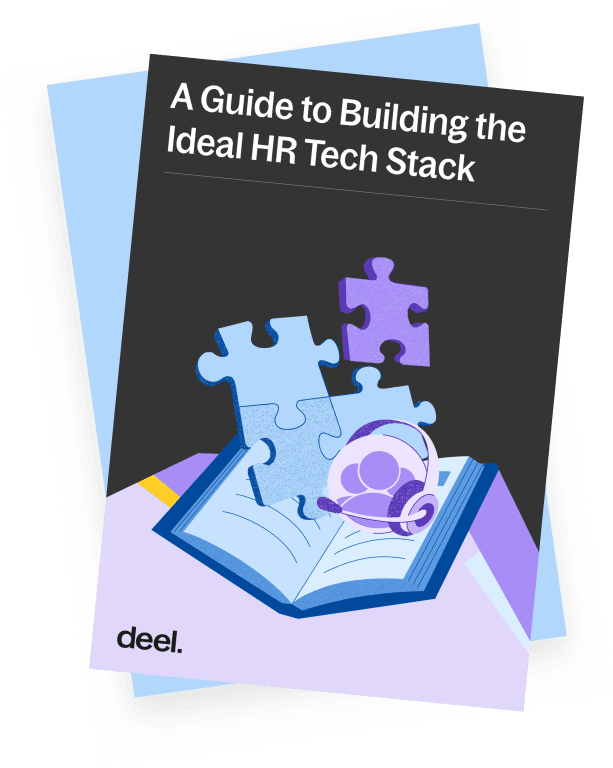Global Work Glossary
- Results for "undefined"
Table of Contents
What are common examples of HR processes?
What is the difference between a HR process and a HR system?
Why are HR processes important?
What to focus on when it comes to designing HR processes
What are the advantages of implementing HR processes?
What is an HR process
A human resources process, or HR process, is a strategically designed set of actions to optimize an organization’s employee life-cycle and employment experience.
HR processes usually consist of several steps and metrics to ensure specific milestones and goals are achieved. For the highest impact, these processes are continuously refined and improved.
What are common examples of HR processes?
Any human resource management task can be converted into an HR process. The most common examples are:
- HR planning
- Onboarding
- Conformidade
- Retention
- Employee relations
- Performance management
- Offboarding
What is the difference between a HR process and a HR system?
HR processes are the core blocks that shape an HR system, enabling organizations to manage their workforce efficiently. Ensuring these blocks work in synergy and interact seamlessly is at the heart of designing effective HR processes.
An HR system is the combination of all HR processes within an organization.
Why are HR processes important?
Strategic HR processes ensure your HR department’s work is standardized, geared to meet goals, and delivers measurable results.
This nimble and rational approach frees resources in your HR team, making it easier to implement new talent management initiatives and promptly address challenges.
Companies of all sizes and structures can benefit from optimizing their HR processes.
- Small companies may find that standardizing their recruitment process helps speed up new employee onboarding, making scaling easier.
- Larger organizations may be facing challenges with compliance in global hiring as they grow outside of their original markets. By designing compliance processes that account for different local needs, HR teams can focus on finding the best talent, knowing all legal requirements are accounted for.
- Remote-first workplaces need to maintain high employee engagement and well-being levels. Global and remote-oriented onboarding, training, and retention processes will help keep everyone connected and motivated.
What to focus on when it comes to designing HR processes
The main goal of HR processes is to improve the quality of employee experience, productivity, and efficiency. With that in mind, there are three essential areas you should focus on when planning and implementing your HR processes.
Simplification - Do less
Clear processes help simplify work. Using standardized templates and workflows, you can make your process management more efficient, freeing up resources to focus on strategic challenges.
Automation - Do better
Designing effective processes highlights opportunities for automation. Knowing which steps to automate and streamline will help inform your decision-making regarding resources management and choosing HR software.
Feedback - Evolve rapidly
Gather constant feedback from your employees. The workplace is constantly evolving, and your HR processes and workflows should keep up with the same trend.
HR leaders must have a clear understanding of the employee experience. Addressing gaps early on will help HR professionals collaborate with the employees to build and shape processes that fit real needs and challenges as they evolve.
What are the advantages of implementing HR processes?
Planning and designing HR processes thoughtfully will supercharge your organization. As a result, you can expect:
- Increased HR management efficiency
- Improved workforce planning
- Better understanding of competencies needed from new hires
- Streamlined recruitment processes
- More efficient onboarding process
- Higher employee retention
- Lower employee turnover
- Extensive employee participation in HR initiatives
- Improved transparency and communication
- More effective performance management
- More impactful company culture
